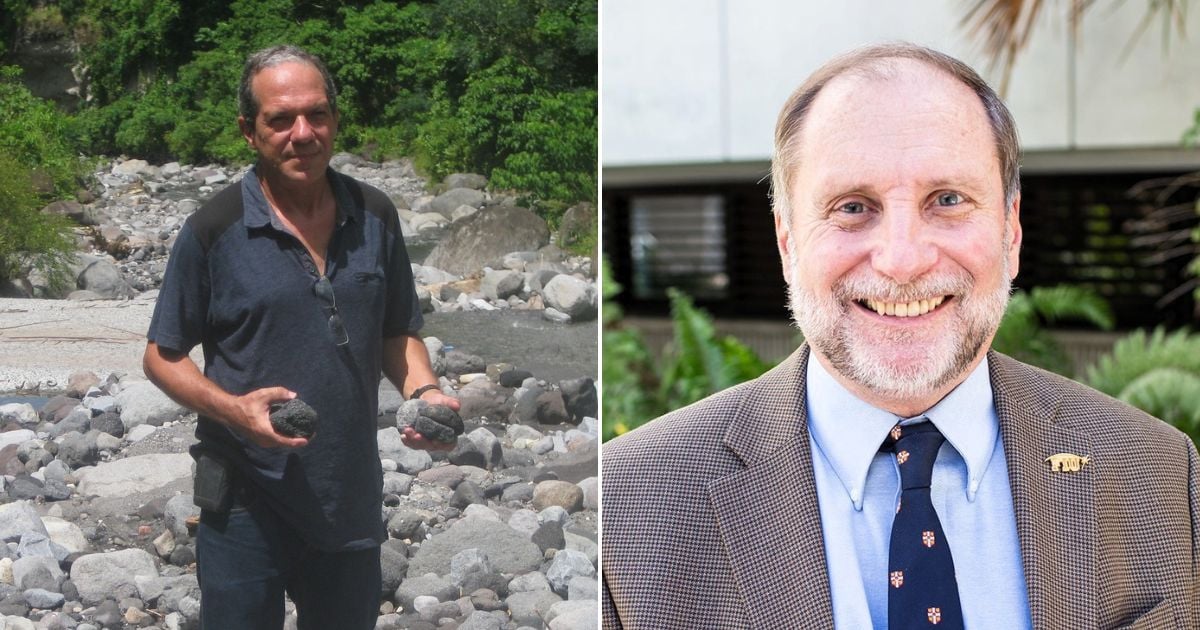
Dr. Enrique Diego Arango Arias, head of the National Seismological Service of Cuba at the National Center for Seismological Research (CENAIS), responded on Monday to the statements made by American geologist Grenville Draper regarding the recent seismic events recorded on Sunday southeast of Pilón, in the province of Granma.
Draper, a researcher at Florida International University (FIU), made several statements to Telemundo 51 in which he stated that "there is a main earthquake followed by smaller tremors. So there could be others that follow. I would advise residents to try to avoid being in buildings that could be damaged by the first major earthquake."
He also said, “There may be small tremors. Generally, the pattern is that there are smaller aftershocks. Occasionally, there may be larger aftershocks, but that is not very common.”
Additionally, the FIU geologist recommended staying alert for the first 48 hours and urged against remaining in tall buildings, let alone sleeping in them, as they may have sustained damage.
These statements prompted Dr. Arango, who has devoted decades to the study of seismology in Cuba, to make some clarifications.
"Never is a replica greater than a main earthquake. It is incorrect to say this. The 6.0 magnitude earthquake was a precursor to the subsequent 6.7 registered earthquake," Arango stated.
On another note, the head of the National Seismological Service of Cuba stated that CENAIS has “a team of specialists from various fields, such as civil engineers, geologists, seismologists, etc., with adequate knowledge to handle this situation,” suggesting that recommendations for managing the current seismic crisis would be more effective if made by Cuban specialists.
Dr. Arango regularly informs the public about seismic activity in the country via social media, becoming an essential source of information during periods of high tectonic activity.
This Monday, for example, the specialist warned on Facebook that “the aftershocks continue in the area located southeast of the town of Pilón, in the province of Granma. The rest of the country, including the southeastern region near the Oriente fault, has remained calm up to this point.”
Furthermore, he emphasized that "it is not possible to predict seismic behavior in the short term."
In this regard, he emphasized that the population must adhere to the measures established by Civil Defense in the event of moderate to strong earthquakes in each territory of eastern Cuba.
Arango's recommendations are also taken into account by the government, which is why, given the seismic situation in eastern Cuba, with 885 earthquakes recorded in less than 24 hours, the province's authorities are considering installing a field hospital as a measure to address the crisis.
What do you think?
COMMENTFiled under: